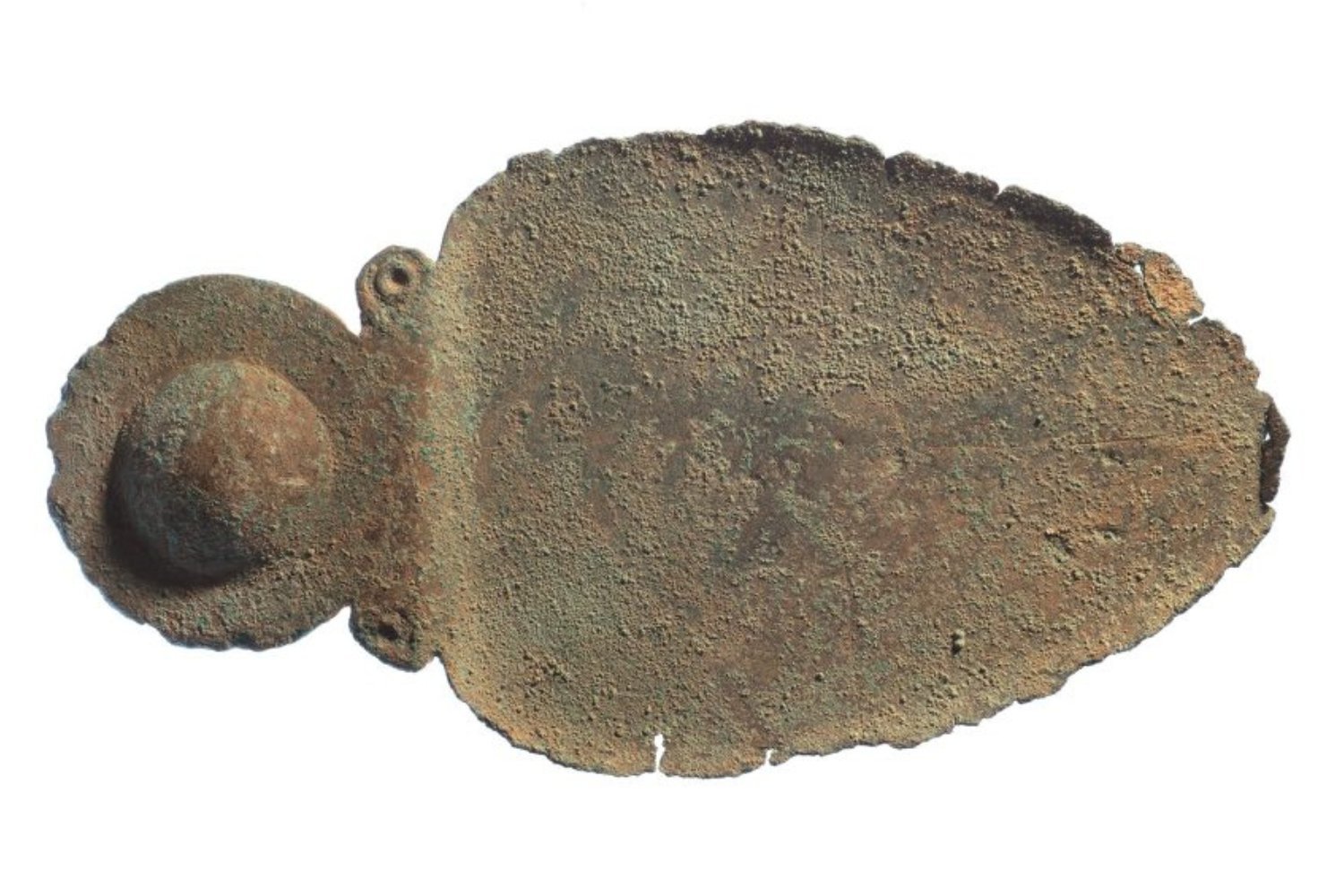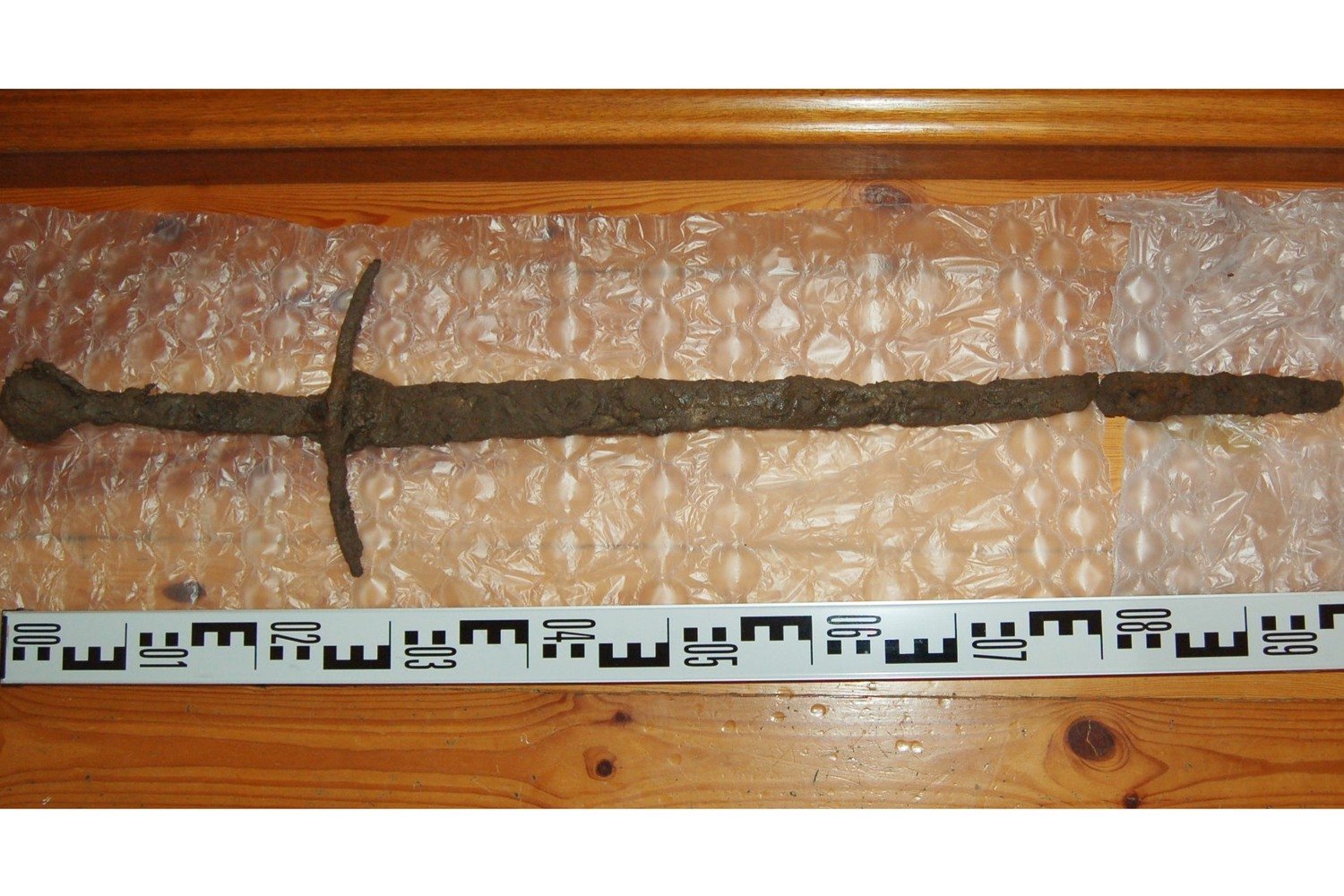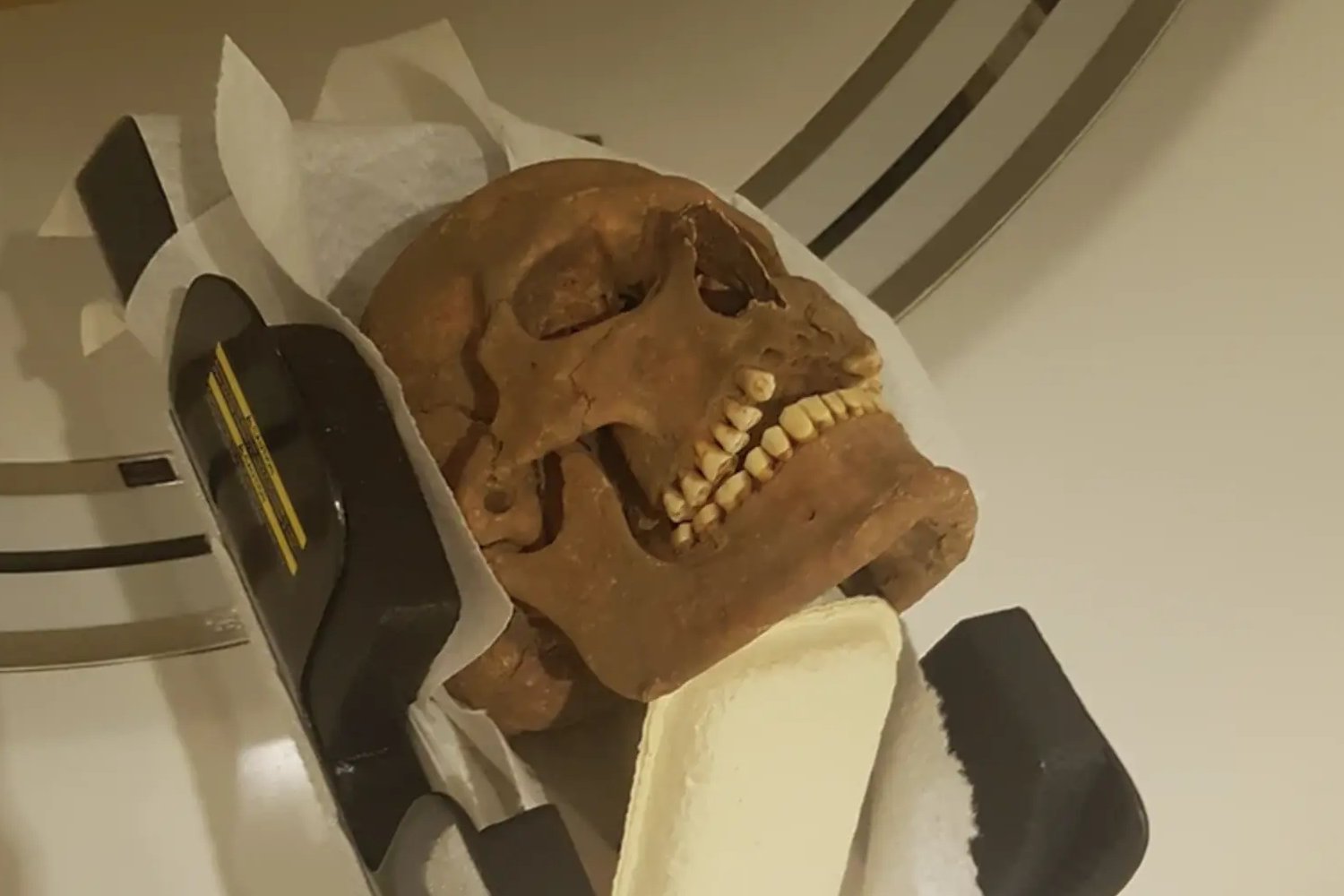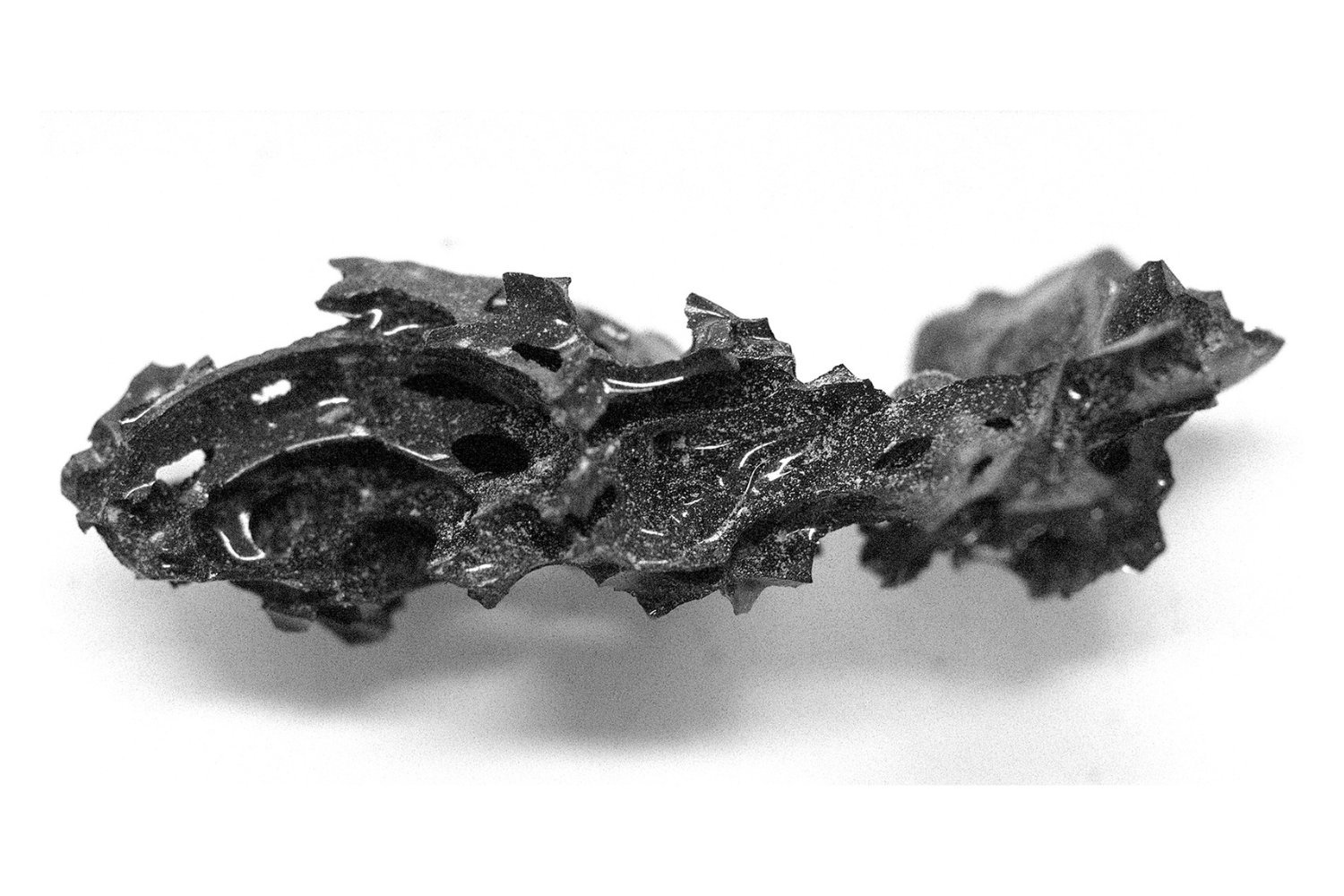The Isle of Man has yielded a fascinating artifact that offers a glimpse into the ritual practices of the Iron Age: a bronze spoon believed to have been used for divination around 2,000 years ago. Discovered by metal detectorist Rob Middleton, this remarkable find marks the 28th known potential divination spoon globally, but the first ever unearthed on the Isle of Man.
This intriguing bronze spoon, dating back to approximately 400-100 BCE, is a significant archaeological discovery. Iron Age artifacts are relatively rare on the island, making this find, generously donated to the Manx National Collections at the Manx Museum, even more exceptional. Allison Fox, archaeology curator for Manx National Heritage, highlights the spoon’s importance in a recent statement, emphasizing its potential connection to prehistoric ritual activities.
While its designation as a “spoon” may sound mundane, its potential use in divination rituals sets it apart. The spoon boasts a wide, circular handle adorned with delicate spiral decorations and a distinctly strawberry-shaped bowl etched with a faint cross. The cross’s intersecting lines meet at the bowl’s deepest point, a detail potentially significant to its ritualistic function.
Although the exact purpose of these spoons remains shrouded in mystery, researchers speculate that they played a role in predicting the future. Fox explains that divination spoons are typically found in pairs, suggesting a ritual involving pouring liquid into the cross-marked spoon. The liquid’s resting place within the bowl might have then been interpreted as an omen or prediction. Sadly, the specifics of these ceremonies have been lost to time.
During the Isle of Man’s Iron Age (circa 500 BCE to 500 CE), small communities inhabited the island, dwelling in simple wooden or stone huts. While the specific cultural group associated with the spoon remains uncertain, it’s plausible that Celtic tribes, among the island’s earliest settlers, utilized such artifacts. This discovery places the Isle of Man firmly within the context of Iron Age ritual practices, adding a new dimension to our understanding of the island’s ancient past.
This unique artifact prompts further investigation into the beliefs and practices of the island’s Iron Age inhabitants. Further archaeological discoveries may shed more light on the spoon’s ritualistic role, or perhaps reveal a more mundane purpose. Only time, and further research, will tell.










